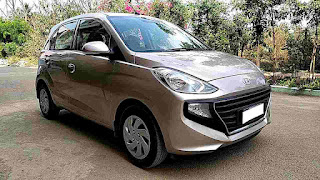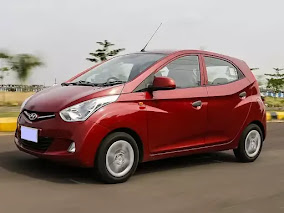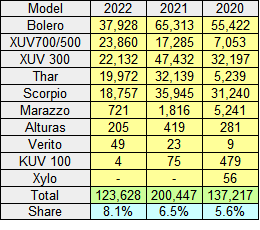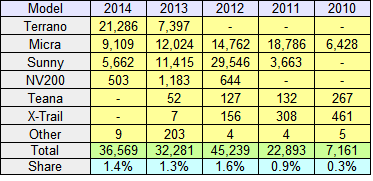Yes, I'm 'back' and fitting as the title would confirm. I was watching a television series about car manufacturers and one was about a company I had never heard of. It was BAC, a tiny niche sports car manufacturer in Liverpool, England. The cars are carefully customised for the purchaser. State of the art techniques and materials are used in their manufacture.
The two brothers who own BAC started out doing work for various car manufacturers but the decision was made to make their own extreme road legal, single seater sports car. The Mono was born and production commenced in 2011. Refinements have been made along the way as one would expect.
In 2019 came the Mono R (picture above), a 555kg (1229lb) lightweight limited to a thirty unit production run. They were all sold very quickly and twenty nine have now been made. It's lighter, more powerful and more advanced than the standard Mono, which in this rarefied air of high performance is a relative comparison.
For the Mono and Mono R, nearly 150 units have now been made and if my memory of the television programme is good, the factory has a maximum capacity of twenty five cars per year. They are available in 46 countries around the world, with new markets being added.
Of course, the thorny issue of petrol engined cars soon being banned in many countries is a hurdle to be overcome. BAC has made light weight a high priority, using materials such as graphene to achieve that objective. Batteries are an obvious obstacle to that. Hydrogen fuel cell is a lighter option and components can be integrated into the current design so that is the direction the company is taking.
 |
| The new Mono |
I admire the initiative and focus of the Briggs brothers in what they have achieved. The technologies applied to their cars within the time frame of their existence is exceptional. Of course, I'm never going to own one but I certainly don't begrudge those that can do so. For the few that do, happy motoring.
















































